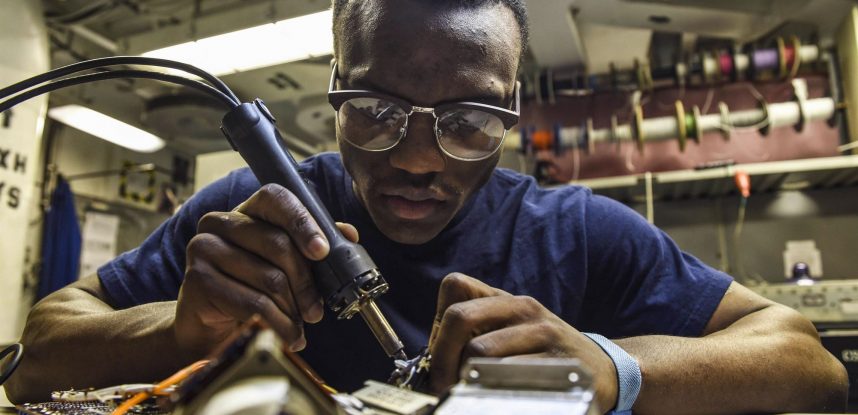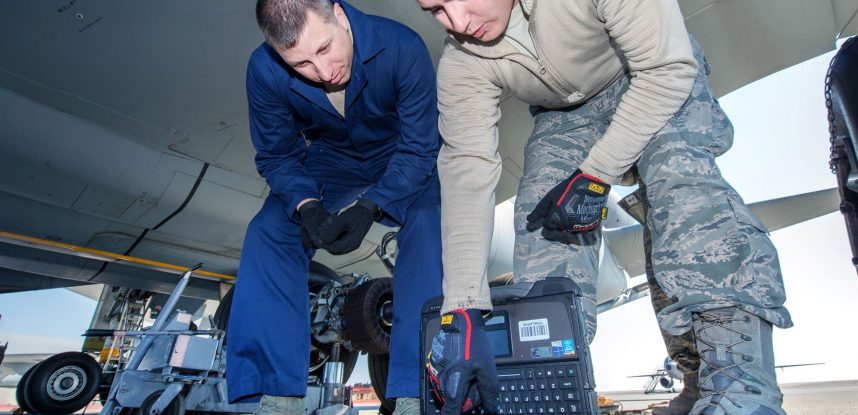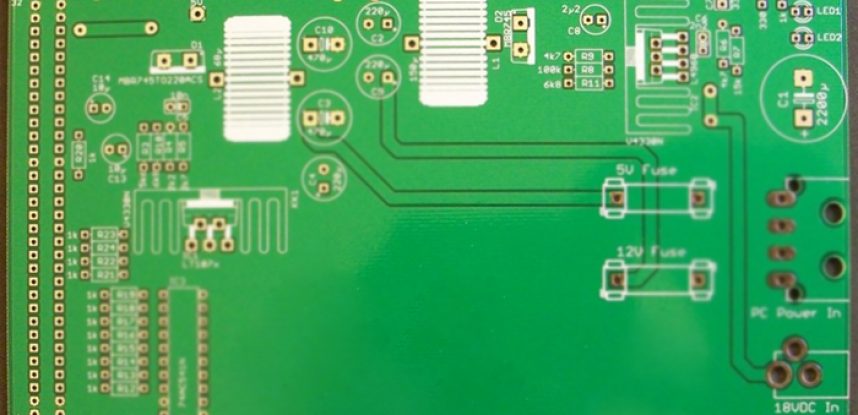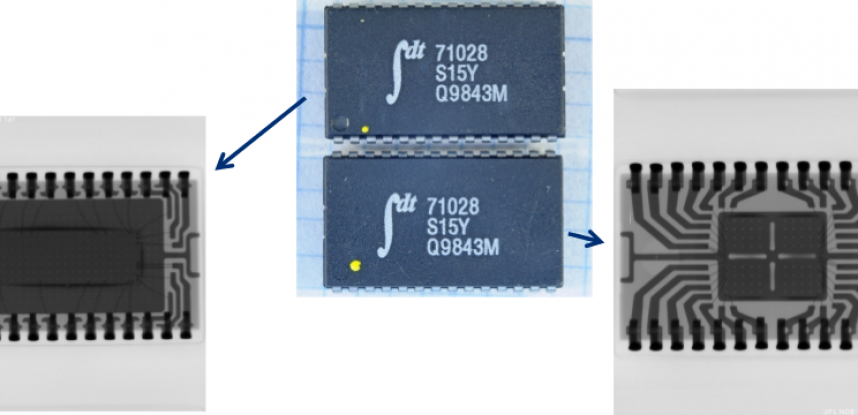Microgrid Death Spiral: The Argument Over “Obsolete” Power Infrastructure – GDCA
 In January of 2013, the Edison Electric Institute released a report titled “Disruptive Challenges: Financial Implications and Strategic Responses to a Changing Retail Electric Business”, which outlined a variety of challenges traditional power utilities will face in the upcoming years. The current power infrastructure in the United States wasn’t constructed with end-user power generation in mind, so the increasing power independence of households and businesses creates threats of “irreparable damages to revenues and growth prospects.” Chief among new technologies are advanced renewable energy sources, including solar, and the growth of grid-independent distributed power generators, aka microgrids.
In January of 2013, the Edison Electric Institute released a report titled “Disruptive Challenges: Financial Implications and Strategic Responses to a Changing Retail Electric Business”, which outlined a variety of challenges traditional power utilities will face in the upcoming years. The current power infrastructure in the United States wasn’t constructed with end-user power generation in mind, so the increasing power independence of households and businesses creates threats of “irreparable damages to revenues and growth prospects.” Chief among new technologies are advanced renewable energy sources, including solar, and the growth of grid-independent distributed power generators, aka microgrids.










